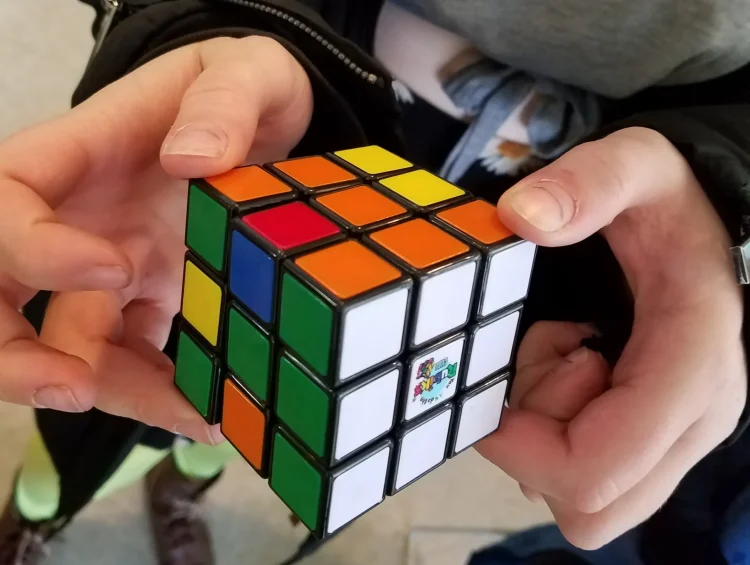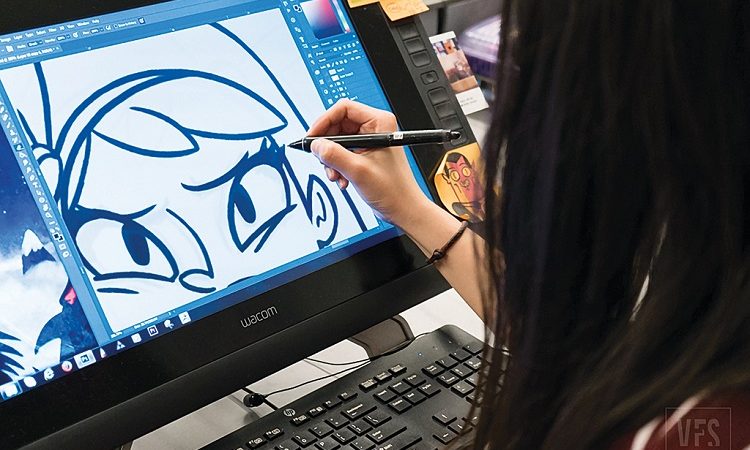Section 1: The Challenge of Manipulating a Rubik’s Cube

OpenAI, a leading artificial intelligence research organization, has recently made significant strides in the field of robotics by teaching a robotic hand to solve a Rubik’s Cube. This achievement showcases the potential of combining neural networks and simulation training to solve complex manipulation problems in the real world. The project, outlined in a paper titled “Solving Rubik’s Cube with a Robot Hand,” demonstrates the successful transfer of skills learned in simulation to a physical robot [3]. This article will delve into the details of OpenAI’s groundbreaking work, highlighting the key components and algorithm that enabled this remarkable feat.
The Challenge of Manipulating a Rubik’s Cube
Manipulating a Rubik’s Cube poses a significant challenge for robotic systems due to its complexity and the numerous possible combinations. OpenAI’s approach involved training a pair of neural networks to solve the Rubik’s Cube using a human-like robot hand [2]. The researchers devised a novel algorithm that breaks down the manipulation problem into two distinct tasks: identifying the current state of the cube and generating a sequence of moves to solve it [4]. By tackling these tasks separately, OpenAI was able to develop an effective solution.
Training in Simulation
To train the neural networks, OpenAI utilized simulation environments. This approach allowed for extensive experimentation and iteration without the need for physical robots, significantly reducing costs and time constraints [3]. The researchers employed reinforcement learning techniques, where the networks received rewards based on their performance in solving the Rubik’s Cube. Through millions of iterations, the neural networks gradually learned to manipulate the cube efficiently [1].
Sim2Real Transfer
One of the significant achievements of OpenAI’s project is the successful transfer of skills learned in simulation to a physical robot. This sim2real transfer is crucial for real-world applications, as it ensures that the trained models can perform effectively in the physical environment [4]. OpenAI’s approach vastly improved the sim2real transfer by breaking down the manipulation task into separate components and optimizing each step individually [4]. This breakthrough paves the way for future advancements in robotics, where simulation training can be leveraged to solve complex real-world problems.
Implications and Future Developments
OpenAI’s success in teaching a robotic hand to solve a Rubik’s Cube has significant implications for various industries. The ability to manipulate objects with dexterity and solve complex puzzles opens up possibilities in areas such as manufacturing, logistics, and healthcare. Robots equipped with similar capabilities could assist in assembly line tasks, warehouse operations, or even surgical procedures [2].
Furthermore, OpenAI’s research highlights the potential of simulation training in robotics. By reducing the reliance on physical robots during the training phase, organizations can accelerate progress and iterate more efficiently. This approach also enables the development of robust and adaptable robotic systems that can handle a wide range of tasks and environments [3].
Conclusion:
OpenAI’s achievement in teaching a robotic hand to solve a Rubik’s Cube demonstrates the power of combining neural networks and simulation training. By breaking down the manipulation problem into separate tasks and optimizing each step individually, OpenAI successfully transferred skills learned in simulation to a physical robot. This breakthrough has significant implications for various industries and opens up possibilities for the development of advanced robotic systems. As research in this field continues to progress, we can expect further advancements in the capabilities of robotic manipulation and problem-solving.






